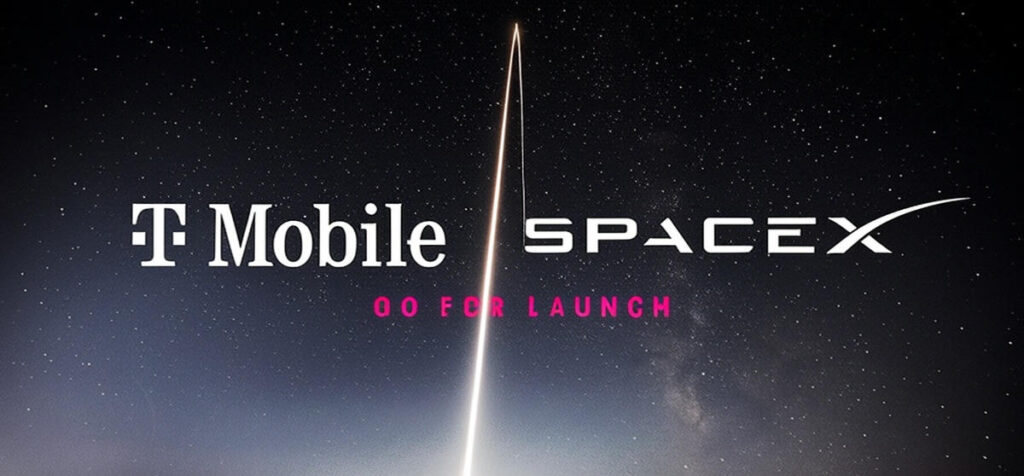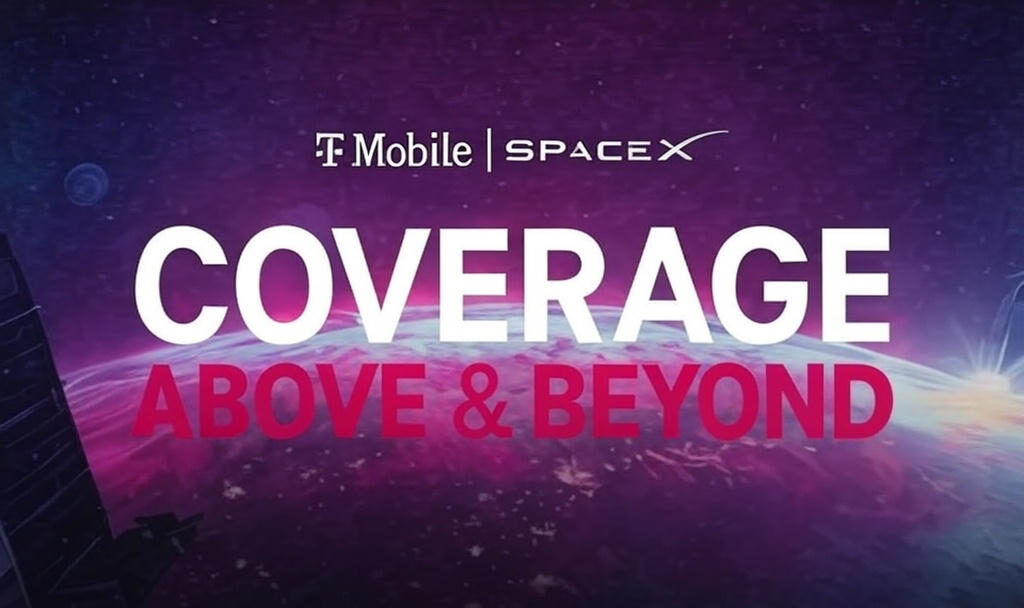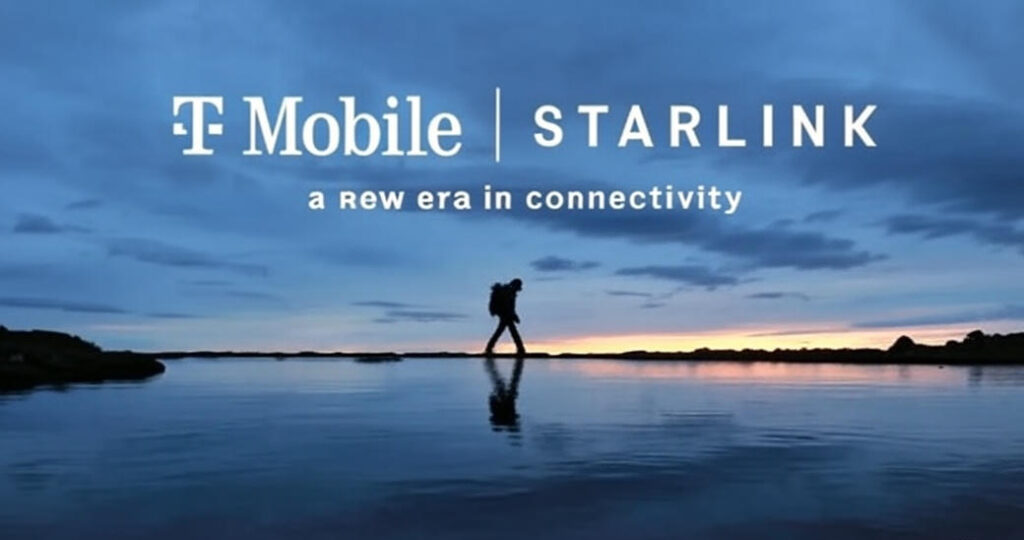
July 25th, 2025 – In a bold move, T-Mobile partnered with SpaceX’s Starlink to eradicate dead zones across the contiguous United States. Named T-Satellite, this cutting-edge service ties low-Earth orbit satellites to mobile networks, illuminating over 500,000 square miles previously engulfed in darkness. Compatible devices automatically connect to the fastest available network, whether terrestrial or celestial. Initial reactions celebrated the revolutionary technology’s potential but were soon eclipsed by worries stemming from a significant outage afflicting the fledgling satellite constellation merely one day following launch.
A Transformative Solution for Isolated Regions
Supported features currently comprise SMS, location sharing, and 911 texting, with voice and data slated for forthcoming enhancements. A simple software update unleashes connectivity from orbit, obviating extra hardware. Premium plans like Experience Beyond and Go5G Next cover use of the stars at no surcharge while others may subscribe separately for $10 monthly. Even rival carriers’ customers can access the heavens through T-Mobile for a discounted $10. While technical troubles tempered fanfare, the debut represents a daring step towards ubiquitous connectivity.
The revolutionary mobile connectivity service launched with high praise. “We’re putting an end to ‘no service’ zones. Places without towers, your days are over.” The beta from January 2025 saw 1.8 million users exchange over a million messages from remote areas, clearly demonstrating desire for this tech.
A Global Glitch Stalls Starlink

However, on July 24th, 2025, Starlink endured a 2.5 hour worldwide outage. The disruption originated from a bug in key internal programs, disrupting over 60,000 users globally as Downdetector complaints spiked. SpaceX examines the possibility of future issues. T-Mobile stated that T-Satellite was operational continuously throughout the time of outage.
The outage one day after T-Satellite’s premiere sparked worry and speculation on platforms like X. Users questioned the technology’s reliability. SpaceX clarified an internal system malfunction caused the issue.
How T-Satellite Functions
Utilizing Starlink’s burgeoning fleet of 566 direct-to-cell satellites currently occupying low-Earth orbit, T-Mobile broadcasts its 1900MHz spectrum beyond traditional cell towers. When cellular reception vanishes, compatible devices automatically switch to the emergent T-Mobile SpaceX network, illuminated by an on-screen logo change declaring the transition. This seamless shift contrasts with Apple’s manual system which, during tests, appeared to prioritize calls through its Globalstar partnership over T-Satellite for some iPhone users, prompting T-Mobile’s recommendation to dismiss Apple’s satellite prompts.
Particularly for inhabitants of isolated regions
like rural dwellers, hikers and front-line responders, T-Satellite grants connectivity without imposing the need for pricey specialized satellite phones. It also conveys critical Wireless Emergency Alerts ensuring notifications find their mark even in dead spots. Mindful of its worldwide potential, T-Mobile and SpaceX already cooperate with counterparts including Japan’s KDDI, Canada’s Rogers and Australia’s Optus to disseminate this innovative technology more broadly.

While T-Satellite marks significant progress, complications linger. Starlink’s recent outage underscores the intricacy of preserving a satellite network, more so as demand swells. Additional radio frequencies may become necessary to facilitate calls and data downloads, and regulatory hurdles such as FCC power flux density relaxations could impact performance. Current estimates place speeds at a usable though limited 2-4Mbps for messaging but less suited for fuller applications.
Moving ahead, T-Mobile and SpaceX
aspire to augment T-Satellite with voice and improved data capabilities leveraging a prospective constellation of 1,500 satellites enabling complete functionality. If reliability proves robust, the service’s seamless integration with existing devices and competitive costs may make it an attractive option for many.
T-Mobile’s ambitious new T-Satellite service, powered solely by SpaceX’s fledgling Starlink constellation, demonstrates a daring vision for ubiquitous connectivity. Bypassing traditional cellular infrastructure, the satellite network promises coverage where tower-based solutions founder. Yet the recent hours-long outage across the entire fleet highlighted the substantial challenges still facing mass-market space technology. In contrast, T-Mobile customers reported seamless, undisrupted service throughout – a testament to the carrier’s skillful integration magic. As both technologies continuously learn and evolve, this unlikely pairing may eventually conjure dead zones into fading memory. For real-time updates on availability and participating locations, subscribers can check the network’s site directly or SpaceX’s dedicated cellular solutions page.




